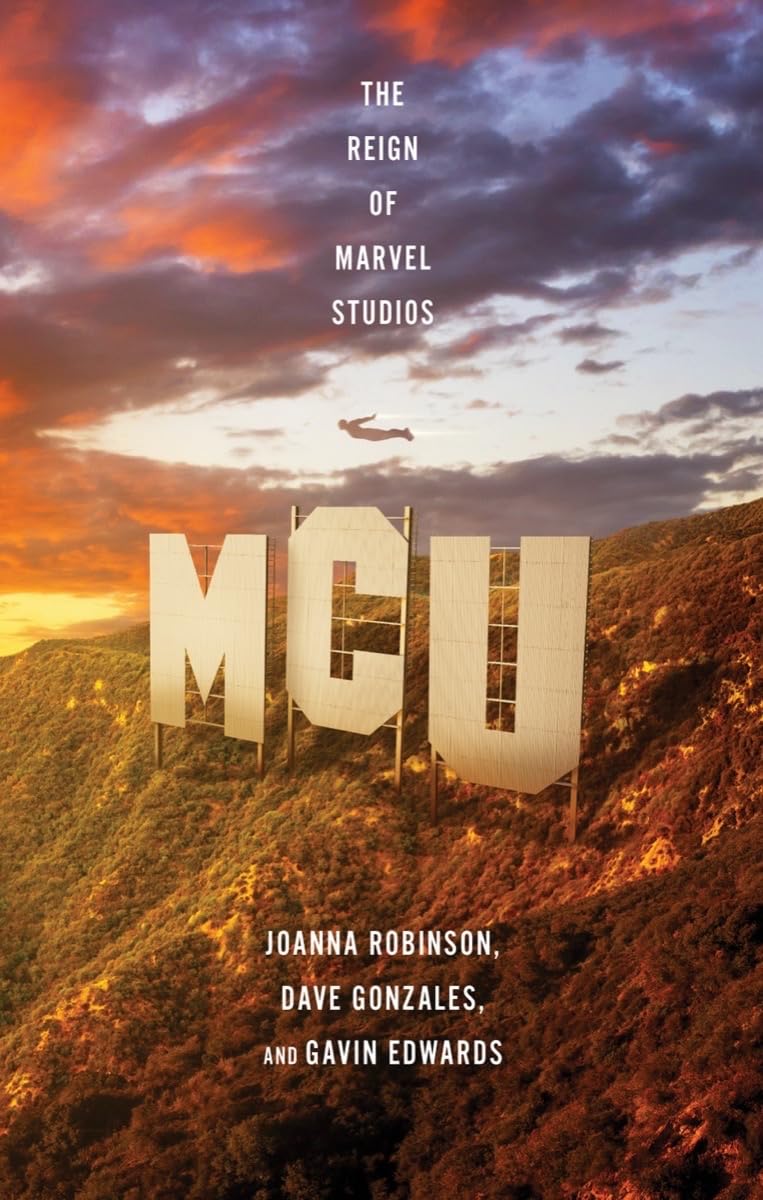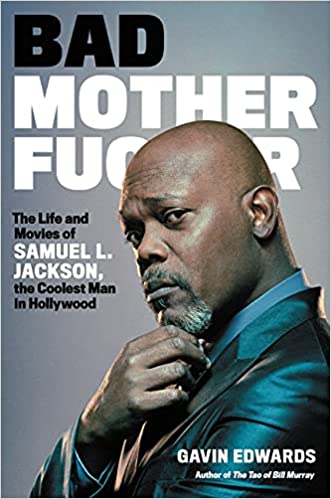What’s the deal with the connections between The Wizard of the Oz and Dark Side of the Moon? I’ve seen it, and the connections seem too many to be coincidental. And, I might add, I was neither drunk nor high at the time.
Congratulations on your sobriety: you may be the only person to try this experiment who was not under the influence in some way. In case you haven’t heard, here’s the deal: if you start playing Pink Floyd’s Dark Side of the Moon alongside the MGM lion at the beginning of The Wizard of Oz, there are supposed to be some amazing parallels, suggesting that Pink Floyd were deliberately constructing an alternate score to the movie (or its first 45 minutes, anyway).
In the spirit of scientific experimentation, I tried it out. (I had a bad head cold, so my inebriant of choice was NyQuil.) The coolest part is that “The Great Gig in the Sky,” the wordless piece with wailing soul vocals from Clare Torry, plays during the hurricane section, and ends at approximately the same time as Dorothy’s house landed in Oz. There’s some other synchronicities: the alarm bells start ringing when the villainous Miss Gulch first appears on screen, Dorothy balances on the beam near the pigpen during the lyric “balanced on the biggest wave,” Glinda shows up while Roger Waters sings “don’t give me that goody-good bullshit,” and the album-ending heartbeat sound comes while Dorothy and the Scarecrow inspect the chest of the Tin Woodman. Periodically, people appeared to be moving in sync with the music. Other purported connections seem like bigger stretches: for example, the Scarecrow does a crazy dance during the lyric “the lunatic is on the grass,” only he has clearly moved off the grass and is prancing about on the Yellow Brick Road.
That sounds like a cool list, but the actual experience was underwhelming: there were long stretches where the action and the music seemed completely disconnected, and the lyrics didn’t reflect anything happening on screen, no matter how one stretched. I tried another experiment, playing the Beatles’ Abbey Road while watching Pulp Fiction. Again, there were odd parallels. The opening track, “Come Together,” seemed to perfectly describe Tim Roth’s character: “he just got to be a joker, he do what he please.” As the two killers played by John Travolta and Samuel L. Jackson banter, “Maxwell’s Silver Hammer” jovially described another upbeat murderer. John Lennon sang “I want you so bad” just as the title card for “Vincent Vega & Marcellus Wallace’s Wife” came up on screen, expressing Travolta’s uncomfortable lust. “Because the wind is high” was sung just as Travolta was preparing to shoot up heroin; the drum solo during “The End” seemed perfectly in sync to a heated discussion between Travolta and Uma Thurman. Songs ended at about the same time that scenes shifted; periodically, people seemed to be moving in sync with the music.
The moral of the story: if you put words and music over a set of images, the human brain will strive to make connections, and there will be some interesting coincidences. Sometimes, it will sync up so closely, it seems hard to believe that it’s accidental—especially if you’re stoned. Writer Rob Sheffield brilliantly tried playing Dark Side of the Moon over a variety of movies, and found some synchronicities in all of them—the best was Goodfellas, where the opening heartbeat coincided elegantly with the guy inside the car trunk trying to get out. Keep in mind that nobody seems to have noticed this “connection” until twenty years after Dark Side‘s release (in other words, once the movie was widely available on home video and CDs had taken hold). So if the connection was intentional, Pink Floyd would have gone to great efforts to do a half-assed job of creating an alternate score for the film, and then asked everyone who worked on the record to keep it secret for decades (nobody associated with the band has ever said it was deliberate). Guitarist David Gilmour has dismissed the connection, saying it was imagined by “some guy with too much time on his hands.”
(Excerpted from the 2006 book Is Tiny Dancer Really Elton’s Little John?: Music’s Most Enduring Mysteries, Myths, and Rumors Revealed, published by Three Rivers Press, written by Gavin Edwards.)


